Sunset Boulevard expansion
Image: Disney
One of Disney-MGM Studios’ key problems was its lack of thrill rides. While film buffs and would-be stars loved the behind the scenes moviemaking focus, there was little to captivate traditional theme park audiences. A drop tower/freefall ride had been conceptualized as part of an expansion plan for EuroDisney (now Disneyland Paris), but with that resort in financial trouble and embroiled in controversy, expansion was on the back burner.
Disney considered several ideas for possible E-ticket attractions that would fit with the Hollywood theme. Eventually, the company decided to take the drop tower idea and expand it into what would become the Twilight Zone Tower of Terror. The new attraction anchored Sunset Boulevard, a massive 1994 park expansion that moved the long-running Beauty and the Beast Live on Stage show to a permanent new home. Over the next several years, Sunset Boulevard also became home to the Hollywood Hills Amphitheater, where Fantasmic! opened in 1998, and Rock ‘n’ Roller Coaster Starring Aerosmith, which debuted in 1999.
Concept development
Image: Disney
A haunted hotel seemed like a natural fit to anchor Sunset Boulevard, the park’s replica of a real California road that has been immortalized in film, theater, and music for decades. However, many different attractions were considered for the interior, including a ghost tour, a murder mystery show, and even a real hotel. Eventually, Imagineers decided to go with the drop tower, but to use the murder mystery concept to expand the attraction.
An early concept used the works of Stephen King, but Imagineers soon decided that The Twilight Zone provided a more open framework within which they could work. It also had broad audience appeal and could draw guests quickly into the storyline.
Backstory
The Twilight Zone Tower of Terror has a rich and colorful back story, which is actually communicated to guests during the attraction.
According to the legend, the Hollywood Tower Hotel opened in 1917, and quickly became the place for Hollywood’s elite to see and be seen, particularly in the Tip Top Club on the hotel’s top floor. Halloween night 1939 was particularly stormy, but the five passengers who stepped into the elevator were unconcerned. They were: child star Sally Shine, a Shirley Temple type with more than 20 films to her credit; Sally’s nanny, Emmeline Partridge; glamorous actress Caroline Crosson and her gentleman friend, Gilbert London; and bellhop Dewey Todd, Jr., son of the man who built the hotel. The hotel was struck by lightning, causing the elevator to plunge uncontrollably. Neither the elevator nor its occupants were ever seen again, and the hotel closed its doors that night.
Today, the Hollywood Tower Hotel has been opened for tours, but everything remains in the dilapidated condition in which it was found. As a storm rages outside the windows, you are invited into the library, where Rod Serling explains the back story via a “lost episode” of The Twilight Zone. You are then invited to continue your tour, but only the maintenance elevator is in working order.
Construction and architectural considerations
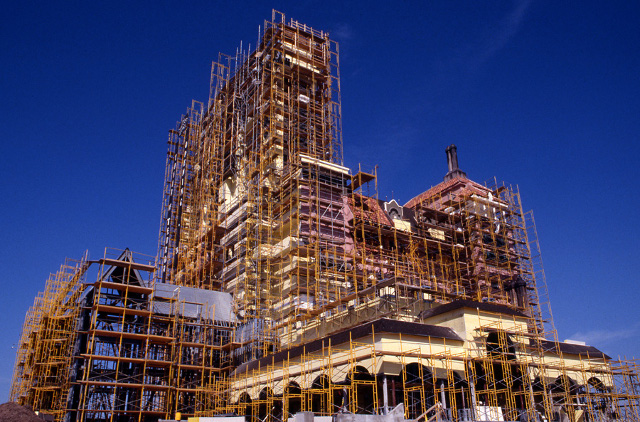
Site clearing began in 1992, but a sinkhole forced the attraction’s slight move from its planned location. The hotel was carefully designed to stand 199 feet tall, because the FAA (Federal Aviation Administration) requires all buildings 200 feet or taller to have flashing red aircraft warning lights on top. Disney felt that this would detract from the attraction.
The architecture was inspired by several different California hotels of the appropriate age, along with another very important consideration. A building that tall would be easily seen from Epcot. After measuring the sight lines, Imagineers determined that it would appear just behind the Morocco pavilion, so they incorporated some Moroccan styling and painted the hotel a pinkish terra cotta to blend in. Next time you are in the World Showcase, see if you can spot the Hollywood Tower Hotel. Odds are that you won’t notice it unless you are specifically searching for it.
A persistent legend claims that the Tower of Terror was struck by lightning during its construction. Although it is difficult to verify the truth of this particular rumor, it is certainly plausible. Lightning strikes have been documented at the attraction since it opened, and the rooftop is the highest point in the immediate area. While this may add some spookiness to the overall experience, modern lightning rods and deflection systems ensure that guests need not fear ending up like the unfortunate stars of the ride.
Ride system
The elaborate ride system pushes the limits of technology in novel new ways. One of the most impressive is the Fifth Dimension sequence, in which the elevator in which you are riding actually moves forward from the lift shaft to the drop shaft. To create this, Disney had to refine its Autonomous Guided Vehicle (AGV) technology, first debuted in 1982 for the ride vehicles in the Universe of Energy (now Ellen’s Energy Adventure). Guided by wires embedded in the floor, the battery-powered vehicles seamlessly detach themselves from the lift elevator shell, technically known as a Vertical Vehicle Conveyance (VVC), roll through the scene, and attach themselves to another VVC in the drop shaft. Pretty cool, if slightly terrifying to consider!
As you might expect, the Tower of Terror is powered by massive motors that are much bigger and more powerful than those of a traditional elevator. In fact, each motor is roughly the same size as a one car garage, and weighs approximately 132,000 pounds. There are six total, one for each of the four lift elevators and the two drop shafts, all installed at the top of the hotel building.
Although they are enormous, the motors work on exactly the same principle as ele
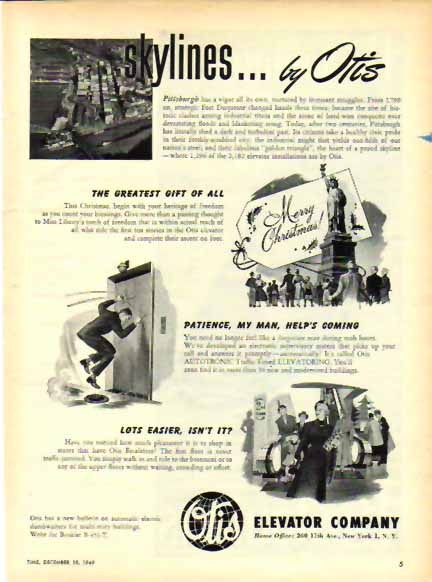 vator motors everywhere. Steel cables attached by loops to the top and bottom of each elevator car, guided by an opposing counterweight, raise and lower the cars. In fact, the Otis Elevator Company, which developed the first safety elevators in 1853 and is today’s largest elevator manufacturer, worked with Disney to design the ride. However, these elevators don’t go down like normal, or even in freefall. The cables at the bottom of the elevator actually pull it down at 39 mph, faster than the speed of gravity!
vator motors everywhere. Steel cables attached by loops to the top and bottom of each elevator car, guided by an opposing counterweight, raise and lower the cars. In fact, the Otis Elevator Company, which developed the first safety elevators in 1853 and is today’s largest elevator manufacturer, worked with Disney to design the ride. However, these elevators don’t go down like normal, or even in freefall. The cables at the bottom of the elevator actually pull it down at 39 mph, faster than the speed of gravity!
To check this out for yourself, hold a penny flat on your palm just before the drop. The penny will float above your hand as you drop, because it falls only at the speed of gravity. This actually worked out well for a friend of mine, who once lost the cap from his soda right before the final drop. Soda floated out of the top of the bottle, and hung just above it as we descended. We landed, and the soda gently fell right back into the bottle. It made for a fantastic ride photo!
A technical necessity turned out to be a happy accident for guests. You know that fabulous view of the park you get when the elevator doors open at the top? The ride wasn’t actually designed that way. The drop shafts were to have been fully enclosed. As it turns out, however, dropping massive elevators on huge motors at that speed displaces a tremendous amount of air. In the testing phase, some basement walls actually blew out from the pressure. Opening the doors provides a place for the air to go, preserving the structural integrity of the building. The fact that it provides a great view is merely a side benefit.
The Walt Disney World version of the ride is billed as having random drop sequences. This is both true and misleading. Which drop profile to use is randomly selected by the control computer, but it only has a choice of four approved profiles. Each has a different number and sequence of drops and mini-drops, along with different projections.
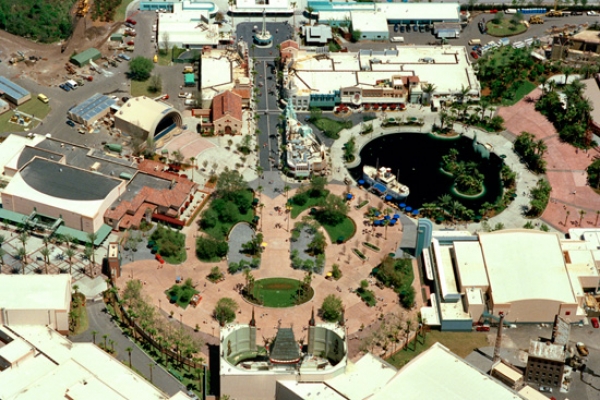
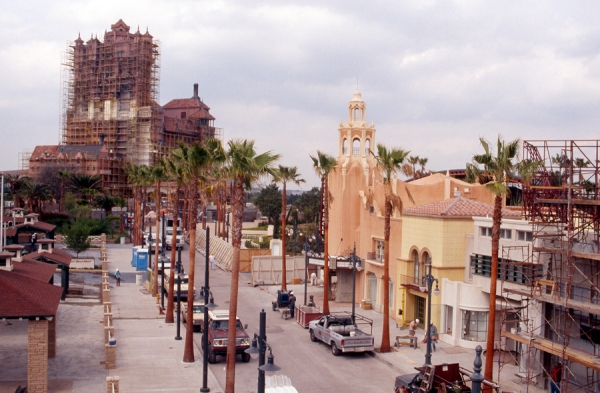
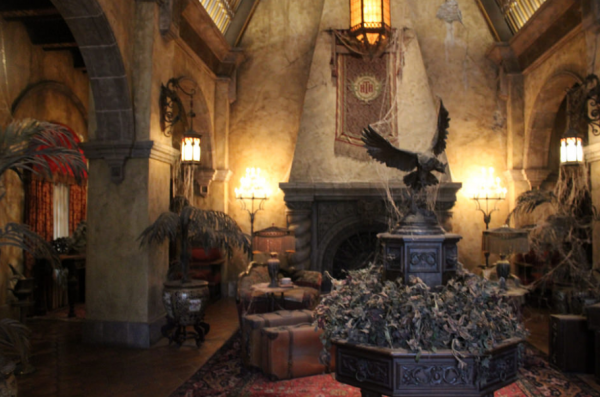
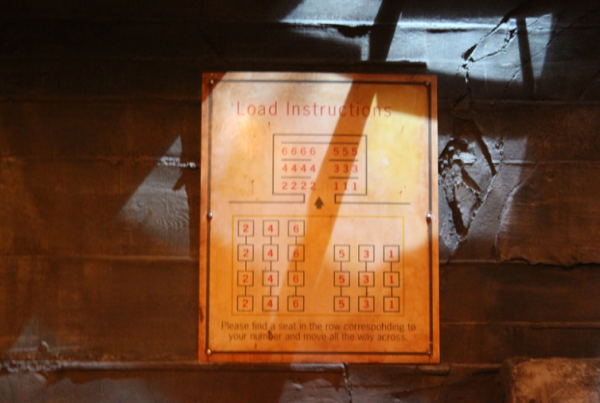
Add new comment